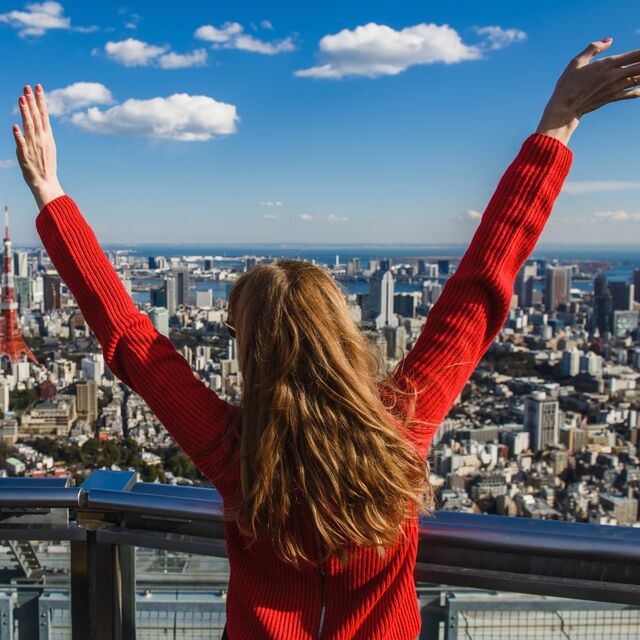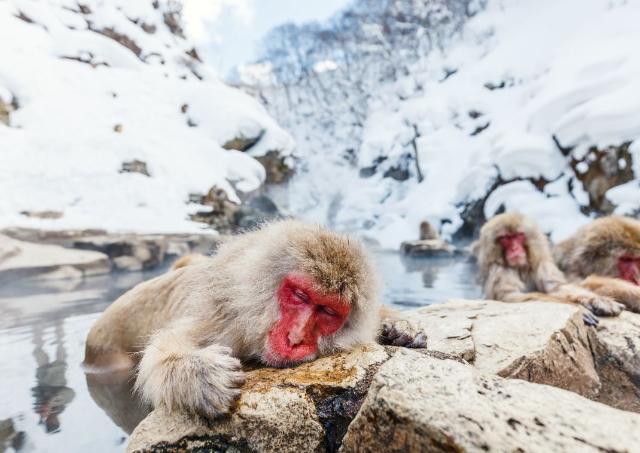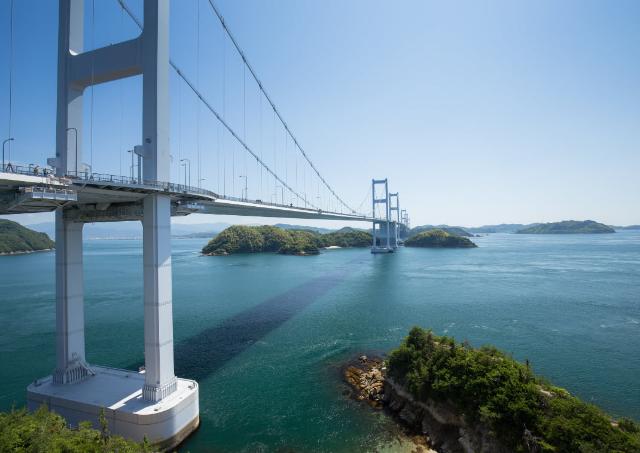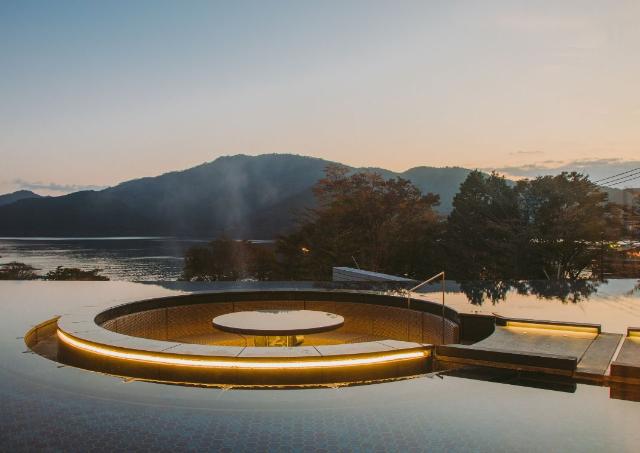Reaching for the Sky: Visiting Tokyo Skytree Tower
Tokyo Skytree - A Modern Marvel Eclipsing Tokyo Tower
Tokyo Skytree was built to replace Tokyo Tower, the red-colored Eiffel Tower look-alike immortalized as an emoji. When completed in 1958, the 333-meter (1,092-foot) tall Tokyo Tower was the tallest in Japan and could easily broadcast radio and television transmissions to cover most of the Kanto area. However, as broadcasting changed to digital format, Tokyo Tower was no longer tall enough to reliably broadcast to the entire region, partly due to the rising skyscrapers built in the neighborhoods around it.
At 634 meters (2,080 feet) tall, Tokyo Skytree is nearly twice as high as the tower it replaced. The lower of its two observation decks is still higher than the top of Tokyo Tower. The tower stands out even more prominently because the Oshiage district where it was built has few skyscrapers that rival its height.
Tokyo Skytree's unique architecture is both technologically modern and traditionally Japanese. The structure is state-of-the-art in earthquake resistance and includes an oil-dampening system that can absorb up to 50% of seismic energy in the event of a major earthquake. However, the tower's central column structure is based on a design used to construct pagodas for over a thousand years, which provides a time-tested method of earthquake resistance.
In fact, for such a modern wonder of the world, Tokyo Skytree contains many traditional features. The colour of the lattice is painted in a shade of blueish-white based on aijiro (味色), a traditional colour of Japan. The alternating LED lighting patterns illuminating the tower at night are also traditional colorus, representing stylishness and elegance. Even the tower's height is a nod to Tokyo's history; the 6, 3, and 4 can be pronounced Mu-sa-shi, the name of the province Tokyo is located in from ancient times.
Visiting Tokyo Skytree
Visitors to Tokyo will undoubtedly want a closer look at the construction of this architectural masterpiece and, most importantly, take in the view of the area hundreds of meters above the city. But there is much more to do at Tokyo Skytree than enjoy the view.
For one, Tokyo Skytree is part of a larger building known as Tokyo Solamachi or Tokyo Skytree Town, a retail, dining, and entertainment complex at the foot of the tower. Tokyo Solamachi contains over 300 shops and restaurants, an aquarium, a postal museum, and a planetarium, making it a kid-friendly destination that you can enjoy for an entire day. Finding a place to eat isn't a problem here either, with dozens of restaurants spread across several floors, some with outdoor seating for lovely views of the tower.
When you ascend the tower to enjoy the breathtaking panoramic views, you can choose a ticket to access the lower of the two decks, the Tembo Deck, at 350 meters or a combination ticket that allows you to access the Tembo Galleria 100 meters higher, at 450 meters. The Tembo Deck consists of three floors, which include a gift shop, cafe, and a restaurant. The upper floor has spectacular views with huge floor-to-ceiling windows, but the lower floor has a glass floor section that enables those looking for a thrill to look straight down.
The Tembo Galleria adds an upward-spiraling promenade with windows that let you get as good of a look downward as your stomach can handle. The highest point you can reach in Tokyo Skytree is here at Sorakara Point, 451.2 meters above the ground.
Tickets can be purchased on the same day for the Tembo Deck (the entrance fee for adults is 2,400 yen on weekdays, and 2,600 yen on weekends and holidays) or both decks (3,500 yen on weekdays, and 3,800 yen on weekends and holidays). You can also purchase in advance online and not only save a few hundred yen per ticket but also guarantee your spot, as tickets can sell out on particularly busy dates. Depending on their ages, there are various discounts for children; visit the official website for detailed information. The observation decks are open from 10:00am to 10:00pm with the last admission at 9:00pm. A beautiful time to visit is in golden hour and at sunset.
Best Views of Tokyo Skytree from Around Tokyo
While the views of Tokyo and the surrounding area are amazing from Skytree, there is one view you won't get from the observation deck: a view of the Skytree itself. Fortunately, the Skytree tower can be seen from numerous places around Tokyo. Here are some of the best locations for a perfect photo.
From Asakusa
Most visitors to Tokyo have Asakusa on their itinerary, and as it turns out, this is one of the prime locations from which to snap a great photo of Tokyo Skytree, just on the other side of the Sumida River from Asakusa. One of the best locations is the top floor viewing deck of the Asakusa Culture Tourist Information Center, where you can view Skytree flanked by the Asahi Beer headquarters and its famous "Golden Turd." Along some side streets running perpendicular to Nakamise-dori leading up to Sensoji Temple, you can also find some fantastic shots of Tokyo Skytree framed by the narrow alleys. Head even further from Skytree into the Kappabashi shopping area for kitchenware and you might find even better unobscured shots of the tower.
From the Sumida River
As Tokyo Skytree is located close to the Sumida River, several great views are from sites along the river. Kiyosu Bridge near Kiyosumi Gardens offers a good far-away view of the tower, and closer views can be had from the river level by booking a ride on a water bus that leaves from a pier near Asakusa. For adventure travellers, the most unique view of Tokyo Skytree is from the rivers and canals of eastern Tokyo on a kayak tour.
From Other Observation Decks
Some of the best views of Tokyo Skytree come from the observation decks of other skyscrapers around Tokyo. Popular observation decks like Tokyo City View in Roppongi or the Tokyo Metropolitan Government Building Observation Deck in Shinjuku are obvious choices; a less obvious (and less crowded) site is the Bunkyo City Office, just a few hundred meters from Tokyo Dome near the center of Tokyo. Admission is free.
From Cherry Blossom Spots
If your timing is perfect, you can get the highly sought-after photo of Tokyo Skytree framed by cherry blossoms. The prime spot for these shots is Sumida Park, along the west bank of the Sumida River near Asakusa. But if you're too early for cherry blossom season, there are also two early blooming Kawazu cherry trees near Tobu Bridge, at the west side of Tokyo Solamachi, that also provide spectacular views. You might catch them in bloom from mid to late February, a month earlier than their Yoshino cherry cousins.
How to Get to Tokyo Skytree
Tokyo Skytree is conveniently connected to other locations in the city by train and subway. Tokyo Solamachi is flanked by the Tokyo Skytree Station on the Tobu Railway Skytree Line originating in Asakusa and Oshiage Station, which serves the Toei Asakusa, Hanzomon, Oshiage, Keisei Narita Skyexpress, and Tobu Skytree lines. It takes about 20-30 minutes to get to Tokyo Skytree from Tokyo Station, but there is no direct line, so you will have to make a transfer.
Alternatively, Tokyo Skytree is a scenic 20-30 minute walk from Sensoji Temple, across the Sumida River. With a 634-meter tall tower to follow, it's impossible to get lost!
Plan your trip with us
Get in touch with one of our travel consultants, they are ready to help you create the trip you always dreamed of.
Online Consultation



